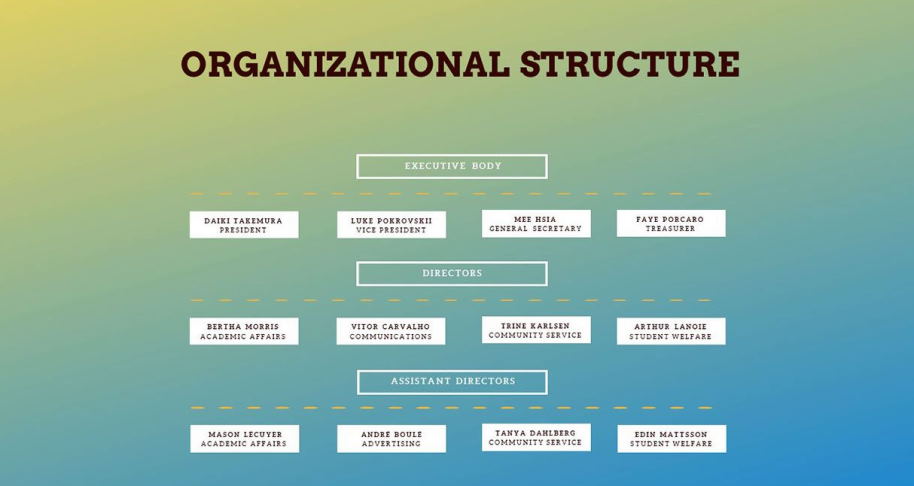No matter how big or small, every company faces the challenge of efficient management. The structure of your company is a critical factor in determining how well you manage your resources. There are many different ways to structure your company, each with its own advantages and disadvantages. In this blog post, we will explore the most common structures and discuss the benefits and drawbacks of each. By understanding the different options available to you, you can choose the best structure for your company and improve your chances for success.
Types of organizational structure: the pros and cons of each
There are four common types of organizational structures that businesses use: functional, divisional, matrix, and flat. Each has its own advantages and disadvantages that you should consider when deciding which structure is right for your company.
Functional Structure
Advantages:
- Simple and easy to understand
- Clearly defined roles and responsibilities
- Easy to control and manage
- Efficient communication channels
Disadvantages:
- Limited creativity and innovation
- Inflexible and slow to respond to change
- Can lead to silos and territorialism
Divisional Structure
Advantages:
- Encourages creativity and innovation by giving employees more autonomy
- Quicker to respond to change
- Promotes healthy competition
- Facilitates effective communication
Disadvantages:
- Can lead to duplication of effort and resources
- Can create confusion and conflict over roles and responsibilities
- Requires more management oversight
Matrix Structure
Advantages:
- Encourages creativity and innovation by giving employees more autonomy
- Facilitates effective communication by breaking down silos
- Quicker to respond to change
- More flexible than other structures
Disadvantages:
- Can be confusing and difficult to manage effectively
- Requires a high level of trust and cooperation between employees and managers
- Can lead to conflict over roles and responsibilities
Flat Structure
Advantages:
- Encourages creativity and innovation by giving employees more autonomy
- Facilitates effective communication by breaking down silos
- Quicker to respond to change
- More flexible than other structures
Disadvantages:
- Can be confusing and difficult to manage effectively
- Requires a high level of trust and cooperation between employees and managers
- Can lead to conflict over roles and responsibilities
- Not well suited for large organizations
Company management structure: the hierarchy of operations
The first step to creating an efficient management system is to understand how your company is currently structured. This means understanding both the formal and informal hierarchies within your organization. Once you have a clear picture of these hierarchies, you can assess where improvements can be made.
One way to improve management efficiency is to flatten the organizational structure. This means creating fewer levels of management between the top executives and the front-line employees. When there are fewer levels of management, decisions can be made more quickly, and communication is improved.
Another way to improve management efficiency is to delegate authority more effectively. This means giving managers the responsibility for specific tasks or projects rather than general areas of responsibility. This allows managers to focus on their areas of expertise and makes them more accountable for their results.
Finally, you can improve management efficiency by streamlining decision-making processes. This means creating clear decision-making procedures and ensuring that all managers are involved in the decision-making process. By streamlining decision-making, you can reduce the time it takes to make decisions and improve the quality of those decisions.



